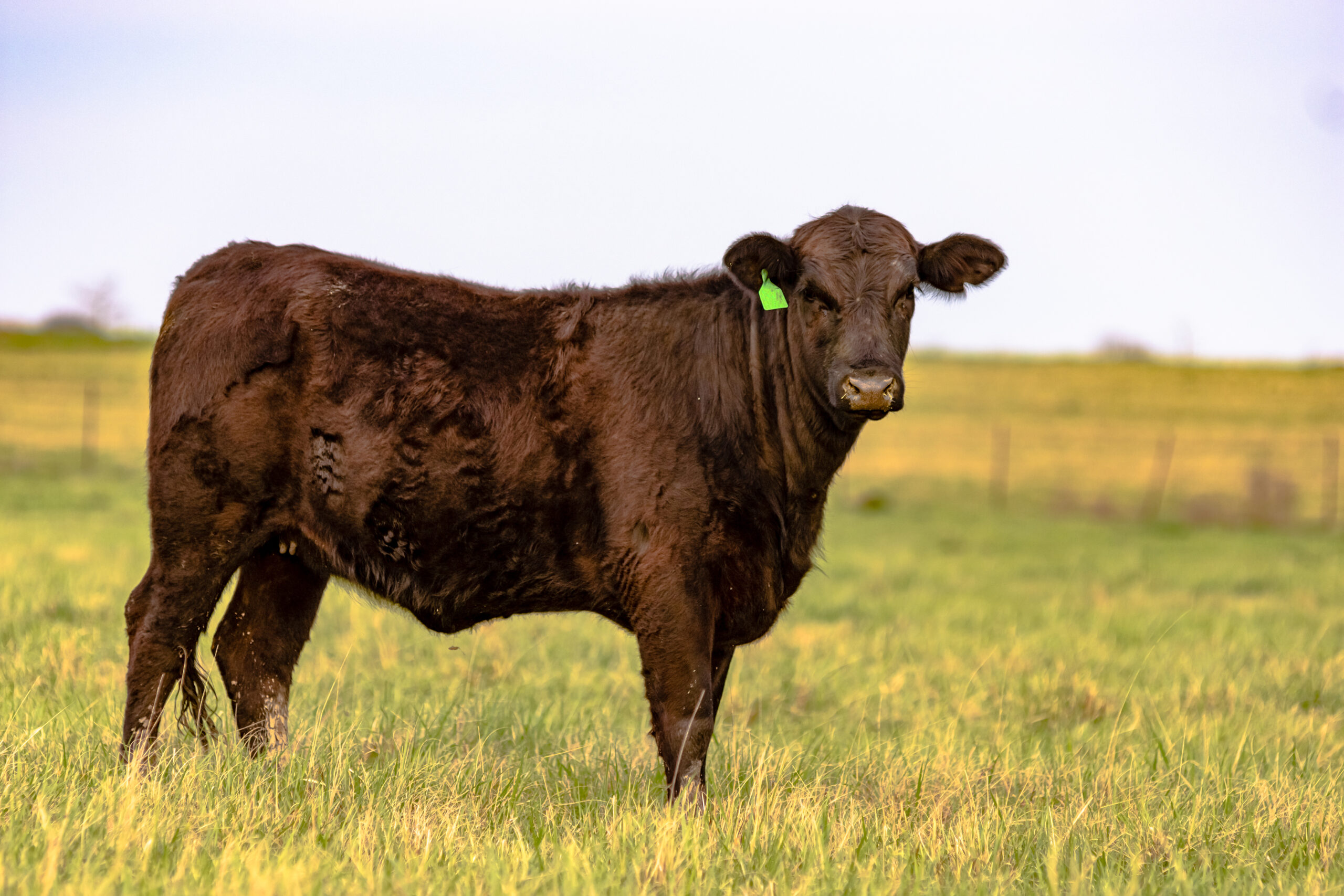AB Direct - Steers
Rail: 482.75-487.00 FOB feedlot (last week)
AB Direct - Heifers
Rail: 482.75-487.00 FOB feedlot (last week)
US Trade- Steers
Rail: 340.00-345.00 (IA, NE) last week
US Trade - Heifers
Rail: 340.00-345.00 (IA, NE) last week
Canadian Dollar
0.03

Replacement heifers: COP Network crunches the numbers
Managing replacement heifers is always a challenge — but today’s record-high cattle prices make the decision even more complicated.
Cow-calf producers are weighing whether to retain calves for herd development or capture a premium by selling them. Either way, opportunity costs play a major role.
Rather than offering advice one way or the other, the Canadian Cow-Calf Cost of Production (COP) Network has released new numbers to help producers evaluate their options. Its Cost of Raising Replacement Heifers report provides data on costs, payback periods, and whole-herd impacts from 64 benchmark farms, helping producers understand the long-term profitability of replacement strategies.
The 2024 survey found the average cost of raising a replacement heifer at $3,315 per head, including cash, depreciation, and opportunity costs. That figure ranged from $2,073 to $3,810 depending on cost structure. Excluding opportunity costs, the average was $2,966.
For context, Alberta bred heifer prices averaged $3,697 in 2024, but surged even higher in the fourth quarter as demand grew.
Key takeaways from the COP Network report
- Raising heifers is a major investment. Long-term profitability is heavily influenced by replacement decisions.
- Opportunity costs matter. Foregone revenue from not selling calves at weaning accounts for a large share of replacement costs.
- Payback periods vary. Low-cost operations recoup investment faster; high-cost herds may struggle to recover within a heifer’s productive lifespan.
- Cost control is critical. Managing development costs and replacement rates can make the difference between profit and loss.
As replacement heifers represent a major cost for cow-calf producers, choosing a herd replacement strategy has important implications on cow-calf profitability, observed the report. Producers who are aware of their own cost structure can make informed decisions on what is best for their operation this year — recognizing it might be different than last year.
Raising vs. purchasing
The report notes that whether it makes sense to raise or purchase heifers depends on being a high- or low-cost producer. Low-cost producers are generally better off retaining heifers, while high-cost producers may reduce herd costs by purchasing suitable animals.
Homegrown heifers offer known genetics and management compatibility but mean slower rebuilding and the lost revenue from calf sales. Purchased heifers allow for quicker herd expansion and potential economies of scale, but require strong biosecurity practices and financial stability to manage higher upfront costs.
The COP Network’s benchmarking also showed that higher replacement rates typically increase overall herd costs — but efficient management and lower development costs can offset this effect.
Drought recovery decisions
For herds rebuilding after drought liquidation, the analysis found that:
- At 25% culling, rebuilding from within was more profitable for most farms.
- At 50% culling, retaining heifers was still more profitable in most cases.
- At 75% culling, purchasing heifers became the more profitable strategy on 15 of 17 farms studied.
Ultimately, each producer’s cost structure and market outlook determine whether retaining or purchasing makes sense.
More information from the full Cost of Raising Replacement Heifers report is featured on the Beef Cattle Research Centre website.
